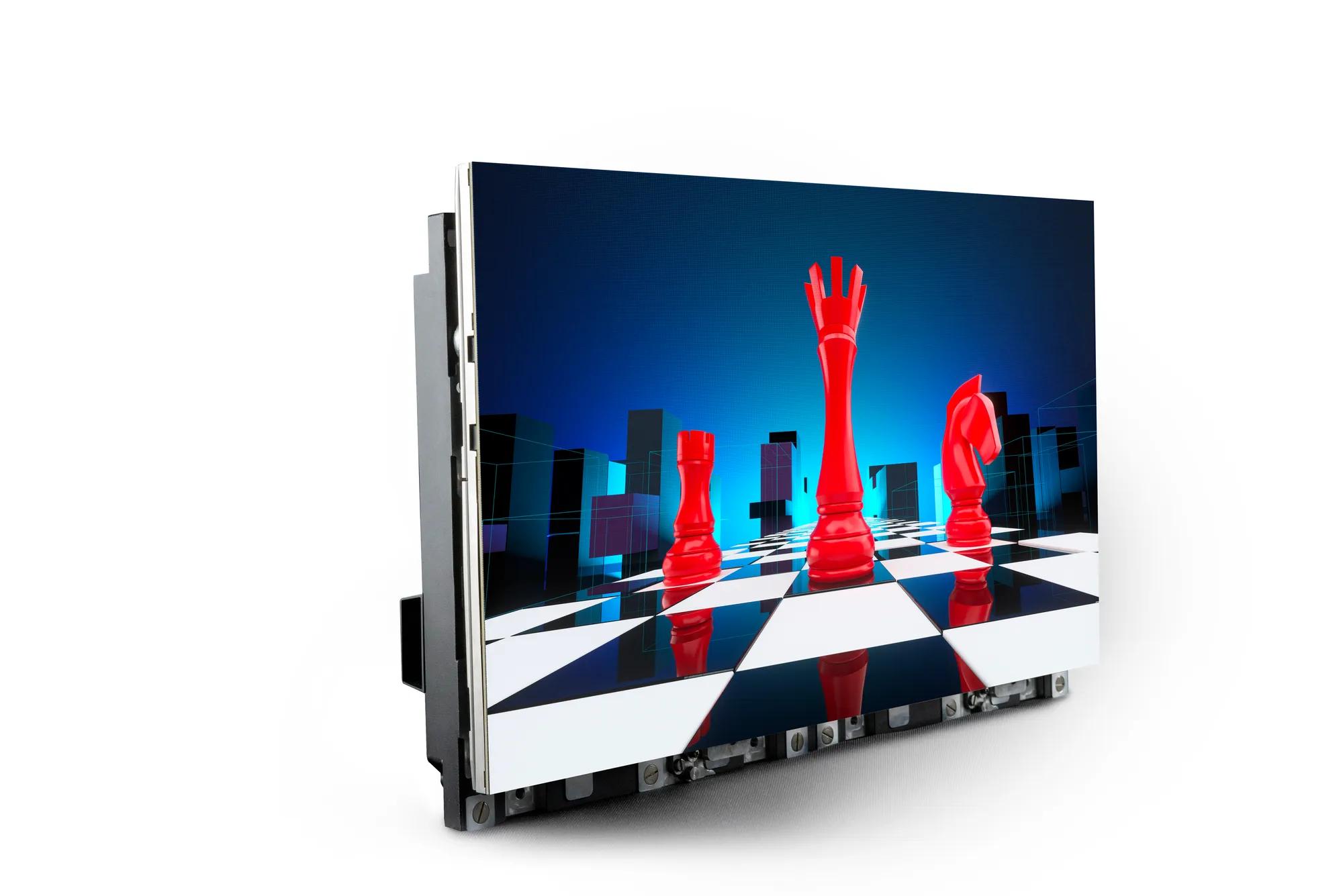A Comprehensive Comparison of Different Light Emitting Diode Video Screen Technologies and The Applications
A Comprehensive Comparison of Different Light Emitting Diode Video Screen Technologies and The Applications
Blog Article
Light Emitting Diode video screens have become increasingly popular across different environments, such as music events, sports competitions, as well as corporate presentations. These large big screens are made up of many individual Light Emitting Diode modules that function collectively to create a cohesive unified image. There are different kinds of Light Emitting Diode display screen solutions on the market, each with its own features and advantages. Understanding these options can assist companies as well as entities select the right solution for their specific needs.
One frequent type of LED display screen technology is the directly viewed Light Emitting Diode. Such technology uses separate Light Emitting Diode modules that are arranged near together to form a big display. Directly viewed LED walls are recognized for their elevated brightness and vibrant hues, making them perfect for outdoor events or brightly lit settings. These displays also have a wide viewing angle, allowing indicating that viewers can see the display distinctly at various positions. This makes directly viewed Light Emitting Diode screens a popular choice for stadiums as well as outdoor events.
A different kind of LED video wall solution is the LED illuminated Liquid Crystal Display. This technology combines conventional Liquid Crystal Display displays with LED backlighting for improved luminosity and color accuracy. LED-backlit Liquid Crystal Displays are commonly utilized in interior settings, such as shopping centers and conference led video wall for live sports updates rooms. They provide superior visual clarity while are typically more cost-effective than direct view LED walls. However, they may often function as well in bright environments, as the backlighting can occasionally dull the hues.
Another thirdly choice is the Organic Light Emitting Diode video wall. OLED technology offers exceptional differentiation as well as hue richness in relation to alternative types of displays. Each pixel in an Organic Light Emitting Diode display produces its individual luminescence, enabling for true blacks and vibrant colors. This makes OLED video walls particularly appealing for uses that require high-quality visuals, such as art galleries or high-end shopping outlets. Nonetheless, Organic Light Emitting Diode solution can be costlier expensive while may often be as luminous as directly viewed Light Emitting Diode screens, making it not suitable for outdoor use.
Along with the aforementioned technologies, there are also multiple uses for LED video screens. These displays can be used for advertising, entertainment, and information presentation. For instance, businesses often utilize Light Emitting Diode video walls for electronic advertising to attract customers as well as advertise products. In amusement, these displays enhance the visual experience at music events as well as events, offering lively backgrounds and captivating images. In business environments, LED display walls can be used for demonstrations, video conferencing, as well as educational sessions, aiding to communicate information in a aesthetically appealing way.
To summarize, Light Emitting Diode video screens are available in various technologies, each having its unique advantages as well as uses. Direct view Light Emitting Diode screens are great for external applications, while LED-backlit LCDs are more appropriate for interior environments. Organic Light Emitting Diode display walls offer superior visual quality yet may come at a higher price. Understanding these variations can help entities to make informed choices about the best type of LED display wall most satisfies their needs, whether it be for promotion, amusement, or business applications.
